Timeless or trendy? How to avoid impulse buying and choose items you’ll love for the long-haul
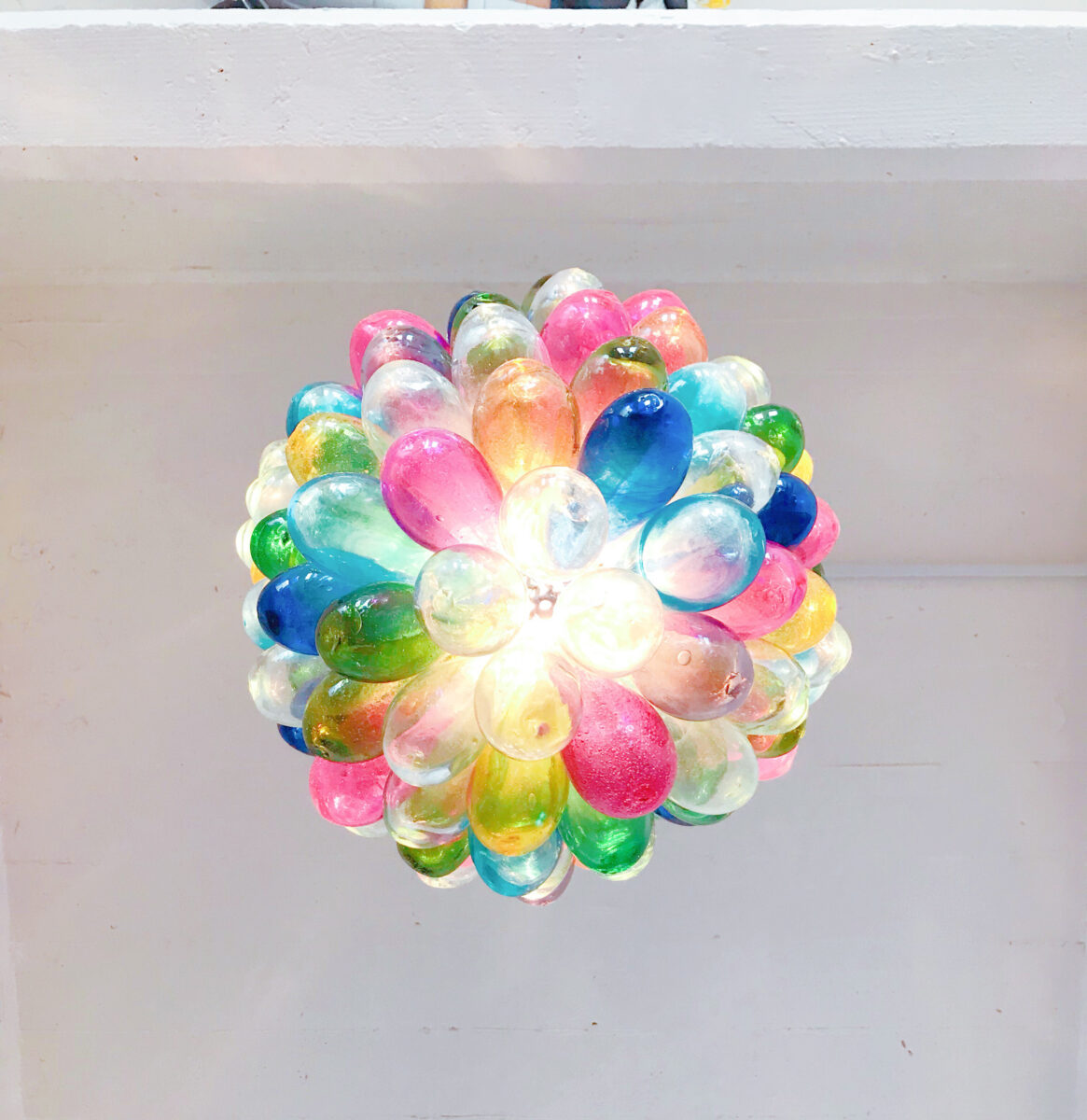
Quick announcement: Our once-a-year home design workshop is back! Discover 5 secrets to transform your current space into one you truly love. Save your spot before it fills up!
It was January 2019, and I was on a stage just south of Union Square talking to Debbie Millman about her shower. (You can listen to the full conversation here.) More specifically, Debbie was telling me about the little jar in which she keeps her razor. The word “Optimist” was printed on it, and though she’d had it for years, she still smiled whenever she saw it. Why, she wondered. Why do we grow tired of some things after a few months, while others bring just as much joy on the ten thousandth time we see them as on the first?
The conventional wisdom is that the pleasure we find in tangible objects is fleeting. Scientists call this hedonic adaptation, or more colloquially, the hedonic treadmill, and it describes the way that our emotional responses to objects or situations dampen over time. When we buy a new car or shirt, it lights up our brain with delight. But then we just get used to it, and it becomes “Oh, this old thing?” It may not be worn out, but its appeal has dulled and we feel tempted to replace it to another burst of joy. This is why researchers often claim that experiences offer more lasting joy per dollar than things: while we tend to adapt to material things, the memories of an experience often retain their emotional resonance over time.
But not all things are created equal. During that 2019 conversation, Debbie shared her theory that the joy of some things simply doesn’t “metabolize.” She pointed out that while there are many things we consume and digest as human beings, and ultimately become used up, some objects seem immune to hedonic adaptation. We don’t get sick of them. We love them just as much, if not more, as time goes on.
When I look around my own house, I find there are things whose joy seems to renew itself daily. Two Matisse prints whose shapes delight me. The collection of shells we pick up on our beach walks. A cherry red ladder. Silverware I purchased at a flea market when I was 22. A light fixture that looks like a cluster of colorful glass bubbles. A little air blower I use to remove dust from my camera lens. Some of these are decorative, others utilitarian. Some are costly, some are cheap, some are quite literally free. What they all have in common is the timeless joy they bring.
The problem is that we often don’t know when we’re buying something whether we’re going to love it for the long haul or be disenchanted with it after a season. If we did, we’d probably buy a lot fewer of these emotionally disposable objects, and a lot more of the things we’ll enjoy over time.
Another way of thinking about this is in terms of sustainability. If an object still has useful life in it, but we want to get rid of it because we longer enjoy it, this spurs a cycle of buying and discarding that is highly unsustainable. Buying things that bring us more timeless joy means fewer things going into landfills, less unnecessary spending, and a relationship with our things that looks more like stewardship than quick consumption.
Fortunately, there’s some good research on this topic. So I thought I’d share a few tips for choosing things that will bring renewable joy.
Be bold
Have you ever gone into a store thinking you’ll purchase a colorful sofa only to get nervous at the store and opt for the safe, beige one? (Oh yep, been there!)
A study done at the University of Miami shows that you’re not alone. People consistently choose neutral designs over bold ones because they believe vibrant colors or patterns will become irritating over time.
But when the researchers measure people’s satisfaction with their choices later, it turns out the exact opposite is true: we get sick of dull neutrals, while our attachment to bold designs grows over time.
The researchers explain it this way. We’re happiest with our things when they provide a moderate level of stimulation — not too exciting, where they make us feel unsettled or distracted, but not so tame that we end up feeling bored. New things, just by virtue of being novel, are more stimulating, and over time that stimulation starts to recede. So when we’re checking out a neutral sofa in the store, it seems like that perfect mid-range level of stimulation. But after a few months of sitting on it? All the novelty has worn off and it’s sunk to that boring low level.
But the bold sofa? Yeah, it’s a little intense at first. But that initial high level of stimulation starts to settle over time down to the the medium, sweet-spot level. We still feel excited when we look at the sofa, but it’s no longer so intense. It just feels good.
I can attest to this. My current sofa is a beige linen number that I love for its comfort, but I regret not choosing a colorful fabric for it, and will probably have it re-covered in the near future. On the other hand, the deep, bottle green loveseat that used to be in my Dad’s house was so beloved it even came to college with me, lasting more than 20 years.
Look for “organized complexity”
When we think about timelessness, we’re often guided toward simplicity: the navy blazer, the little black dress, the classic Windsor chair. But research consistently shows that people prefer what’s called organized complexity in aesthetic objects: art, decor, and even music. Organized complexity means a mid-to-high level of intricacy in a design coupled with an overall level of order that brings balance and regularity.
In aesthetics of joy terms, you can think of this as abundance meets harmony. A familiar example might be a color-coded closet: there’s complexity in the different colors, patterns, and textures of the clothes, and order in the arrangement of those items. An abstract artwork with organized complexity might have a wide variety of shapes or contours, but a unifying color palette that holds it together. Fractals are another example of organized complexity: highly intricate in their compositions, but orderly in their repetition across scales.
Studies on this topic are generally done over a short period of time, so we don’t have good longitudinal data on whether organized complexity extends our appreciation of an object. But the durability of this preference across time and medium (art, music, etc.) suggests it is a core component of what defines an object that transcends fads.
Choose joy, not jokes
One of my early lessons in timelessness came as a result of the furniture styles that were trending during my tenure in design school. It was the heyday of Dutch design, and collectives like Droog and designers like Marcel Wanders and Piet Hein Eek dominated furniture fairs and the design press with their wild, experimental designs.
Dutch design in the mid-2000s was like breathing in pure oxygen after being trapped in a stuffy room. Enlivening, but also a little dizzying. Conventional forms were busted up and even the most basic assumptions were up for discussion. Take for example, Tejo Remy’s “You can’t lay down your memory.” It’s a chest of drawers, but is it? Lamps got huge, sofas got flattened, ordinary objects took on absurd proportions. It was a very Alice-in-Wonderland vibe.
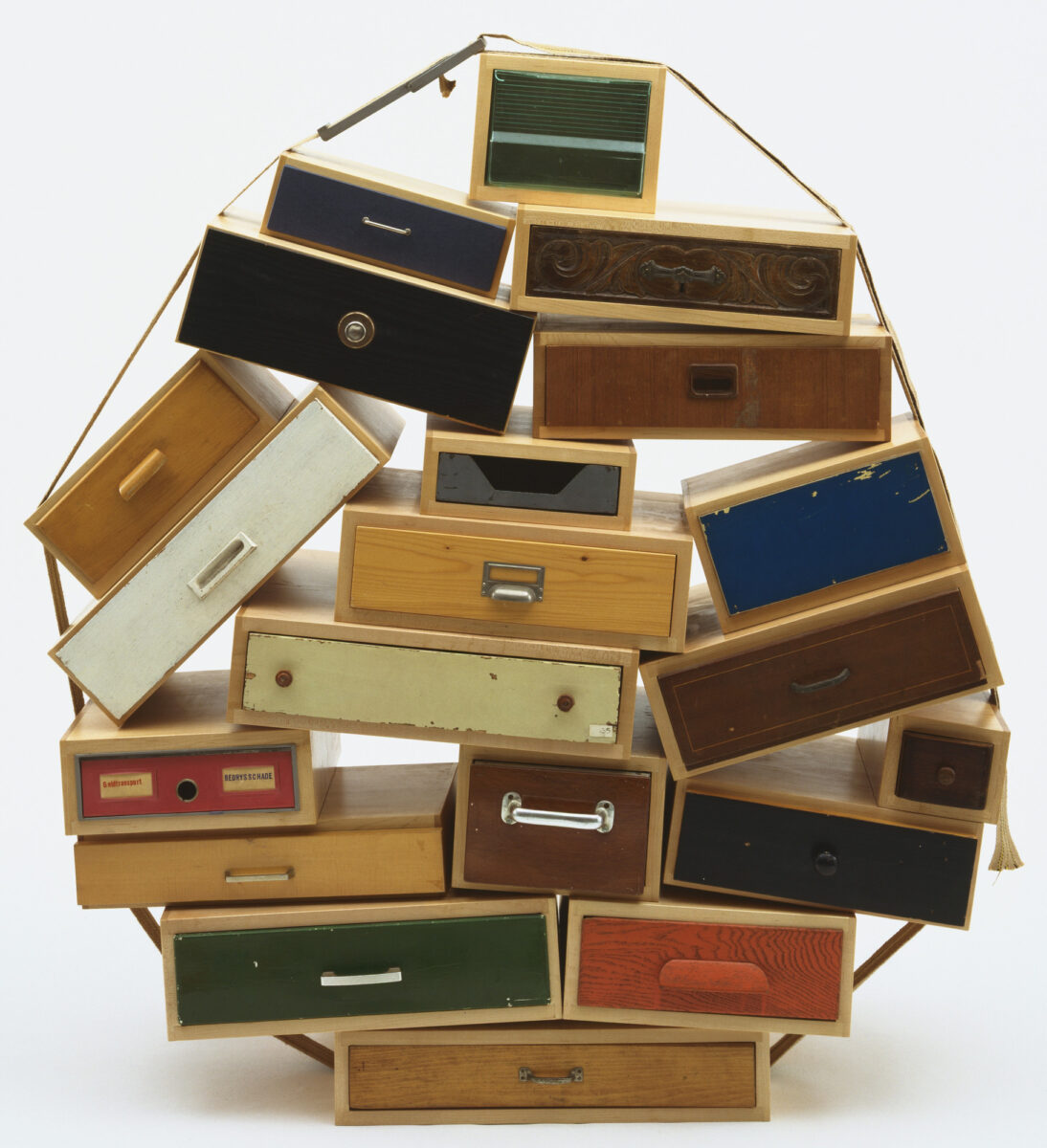
Looking at all of these designs, it became clear that some were destined for the canon — timeless pieces that would forever be enjoyed — and others were flashes in the pan, over almost as soon as the booths at the furniture fairs were dismantled.
What made the difference? Joy vs. jokes.
Jokes have punchlines. You tell a joke, and when the punchline is revealed, it’s funny. But tell it again and people are like, “Yeah yeah yeah.” Tell it a third time and people are annoyed. Keep telling it and get ready to be pelted with rotten tomatoes.
But joy doesn’t have a punchline. There’s no before and after, nothing you need to “get” to understand it. It’s visceral, not cognitive.
If an object is enjoyable because it’s a kind of visual or aesthetic joke, then it’s going to get old, probably sooner rather than later. This is how I feel about Martin Baas’s “smoked vintage” pieces — basically vintage furniture he burned until it was charred black. These pieces were funny, irreverent. Classic styles incinerated with a blowtorch. But once you got the joke, there wasn’t much left to keep you interested.
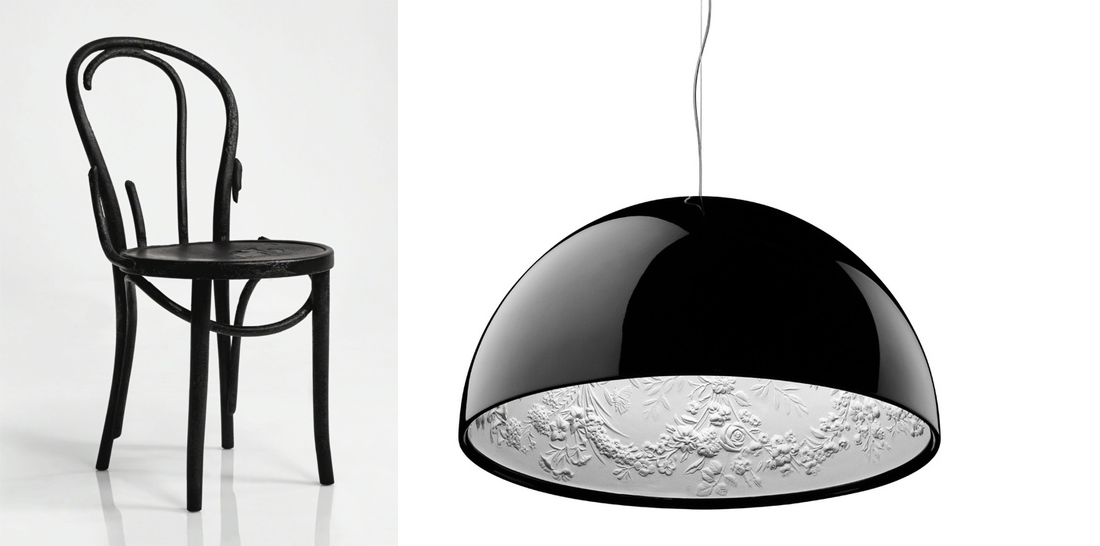
Contrast this with Marcel Wanders Skygarden pendant lamp. Wanders created this because he was moving out of a beautiful old canal house in Amsterdam and realized he was going to miss looking up at the intricately carved plaster moldings on the ceiling. So he created a pendant lamp with those designs inside of it. There’s no joke to get. It’s the kind of piece that’s arresting even if you don’t know the story.
If you’re thinking about buying something new, ask: Is there a punchline here? Will I still like this even when the joke has gotten stale?
Embrace aesthetics over styles
The words aesthetic and style are often used interchangeably, but they mean different things. A style is a kind of genre of design: traditional, post-modern, bohemian, rococo. Styles often emerge out of a particular time period or cultural context, and they provide a language for describing visual preferences. For example, people who love traditional design typically embrace more ornamentation in their objects than fans of modern design, which is guided by a “less is more” ideology.
Styles come in and out of, well, style. All of a sudden Memphis design will come into fashion and everyone is buying wavy-framed mirrors and color-blocked furniture. And then there’s a vibe shift (a term I learned this week) and everyone wants embroidered bedspreads and three different patterns on everything. Style can be a helpful guide to knowing what you like to look at. But it can also be fickle AF.
Aesthetics, on the other hand, are about the overall sensory experience you want to create. They relate to how you want to feel, not just how you want things to look. The ten aesthetics of joy can give you a lens for shaping a space based on these deeper preferences. If you want your space to feel light and airy, for example, the transcendence aesthetic helps you do that by choosing objects irrespective of style that reduce density and cultivate a sense of lightness.
Focusing on aesthetics allows you to create spaces that feel cohesive and aligned with your desired mood without having to stick with a particular style. You can mix eras and styles, which makes a home more resilient to the whims of trends and fads.
Collect stories, not just stuff
We know that people become more attached to things they view as theirs. For example, when research participants receive a random pen as part of a study, they value it more highly than an identical pen that isn’t “theirs.” Similarly, when we see an object as special or having some kind of sentimental value, it extends our enjoyment of that object.
Researchers believe that while feature-based enjoyment of an object tends to decline with time, sentimental value stays steady or even grows. Because of this, personal meaning counteracts the process of adapting to the specific features of the object. It’s almost as if an object can have a kind of essence or aura overlaid on its physical structure, and our appreciation of that essence overrides any growing disappointment over time.
What increases this “essence”? Receiving an item as a gift can do it, as can having a story around the acquisition of the object. This is why things we buy at flea markets or during travel often have such lasting resonance. Handmade objects also often have a sense of specialness. If you’re buying something that doesn’t lend itself easily to any of these forms of sentimental value, you can layer in meaning by personalizing or transforming an item, even in a small way. You can also try involving someone else in the purchasing process. Ask a friend to test drive cars with you or come try on shoes. The experience will become part of the object’s story.
Wait out the urge
We all know that feeling of “I need to have it NOW.” This feeling is one to watch out for when it comes to buying new things.
What drives a sense of urgency is a temporal constraint: we see a pair of pants or a new gadget and it feels like it’s everywhere. We want to feel like we belong, or to feel like we’re ahead of the curve and not behind it. Purchases made in this mindset often scratch the itch for a little while, but soon we are again craving that feeling of being part of something or being in the know, and we’re buying something new.
It’s not to say that an urgent desire is always a transient one. But the thing about desire is that if it’s driven by true joy, it will stay level over time. So try this: set a waiting period, and during that time, notice what happens to your desire. Does it diminish? Does it get frantic? If either of those things, what you’re buying is likely not going to bring you deep joy. If it stays constant, then you can go ahead feeling confident you’re buying out of love, not lust.
This advice goes double for the artificial urgency created by sales. Marketers know that a sense of scarcity (“they might run out!”) or a limited duration (“it only happens once a year!”) helps move people toward checkout. (Notice how many ecommerce sites now say “3 left!” or “2 in stock” as a way of creating urgency even when there’s no sale.) But this manufactured rush clouds our judgment. With our attention focused on the fear of missing out, we can’t accurately assess how much we want something. In these situations, my dad used to say, “There will never be a shortage of wonderful things to buy.” It’s a reminder that while a particular thing may sell out, desire renews itself easily. Something you truly love may be just waiting to be discovered.
As people, we’re not fixed entities. We grow and change over time, and that may mean a changing relationship with our things. But by keeping these principles in mind, you’ll waste less money and time on things that quickly lose their luster, and be better able to invest in things that will have timeless resonance in your life.
Ready to create a home that feels right? Join our annual workshop to learn 5 designer secrets that have helped thousands transform their spaces without renovating or breaking the bank. This workshop only happens once a year!

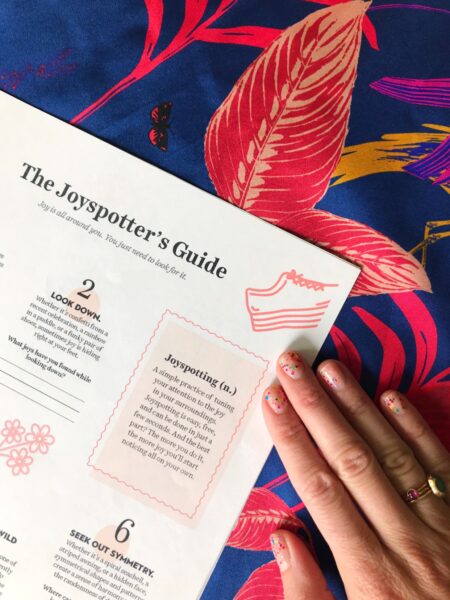
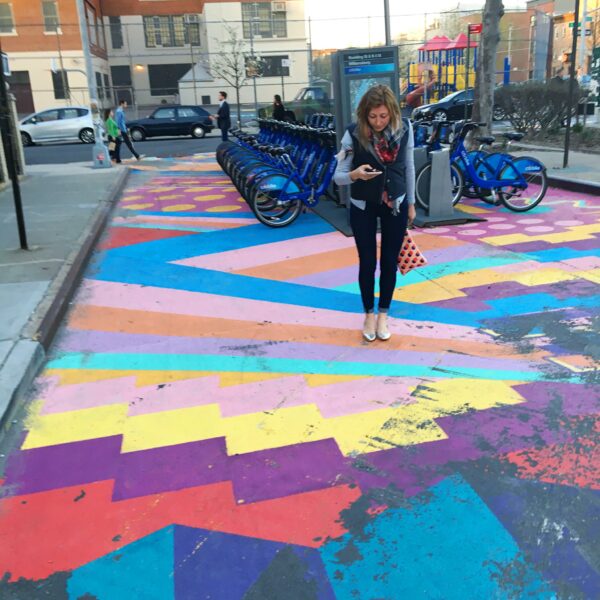


Discussion (4 Comments)
I really like your article because this is a question that I have constantly in my head. I love fashion, I am a Tshirt creator, artist and teacher and I am constantly thinking about why buy something. Your article makes sense to me. Thanks!! Waiting, boldness and essence. By the way, I don’t feel I have to belong and I think that helps me follow the crowd.
A fascinating article, on a more important topic than I thought at first, touching ,as it does, on aesthetics and sustainability as well as happiness in one’s surroundings. Thank you for giving us practical tools with which to consider our choices.
Thank you for this guideline on figuring out what may bring true joy over time!
This is so interesting, especially the study of how safe choices become regrettable as time goes on. This rings true for me with a lot of choices we made about our home. We tried to keep it neutral, but it’s just so lifeless and boring! Working on adding color (and joy) back into the house!